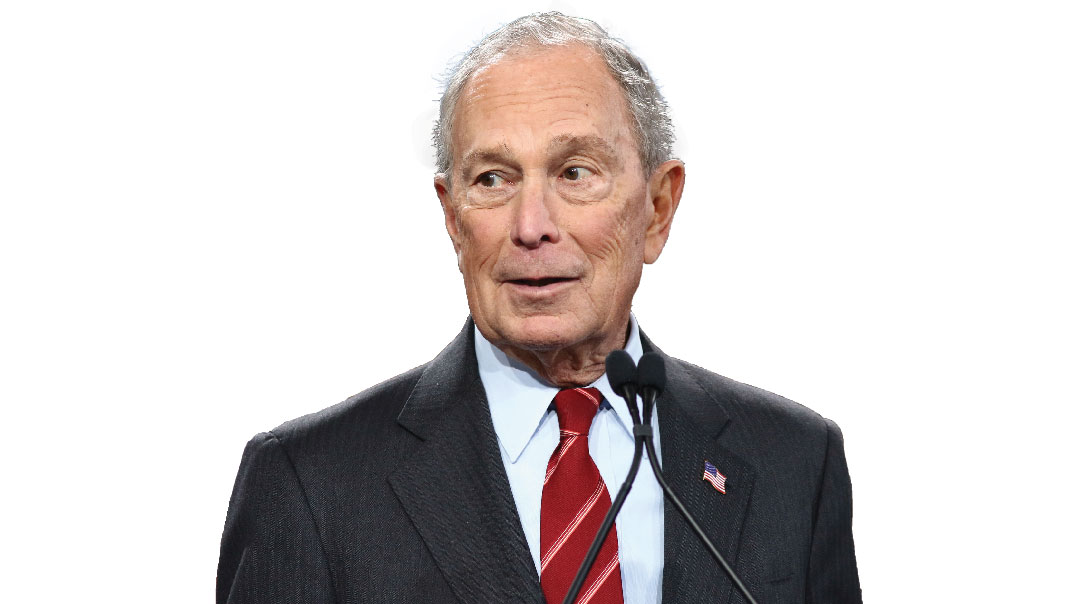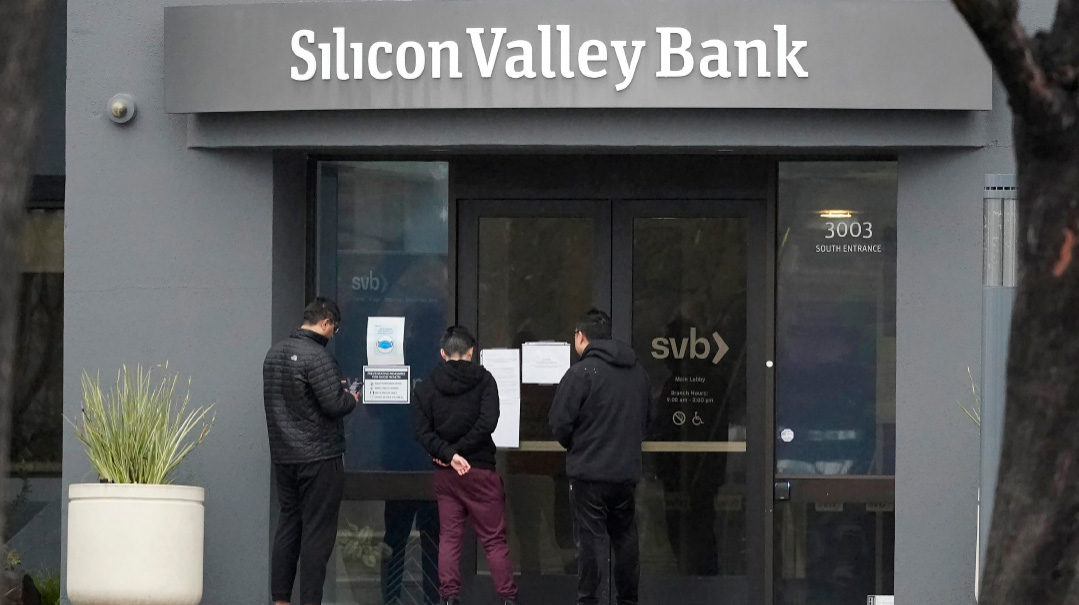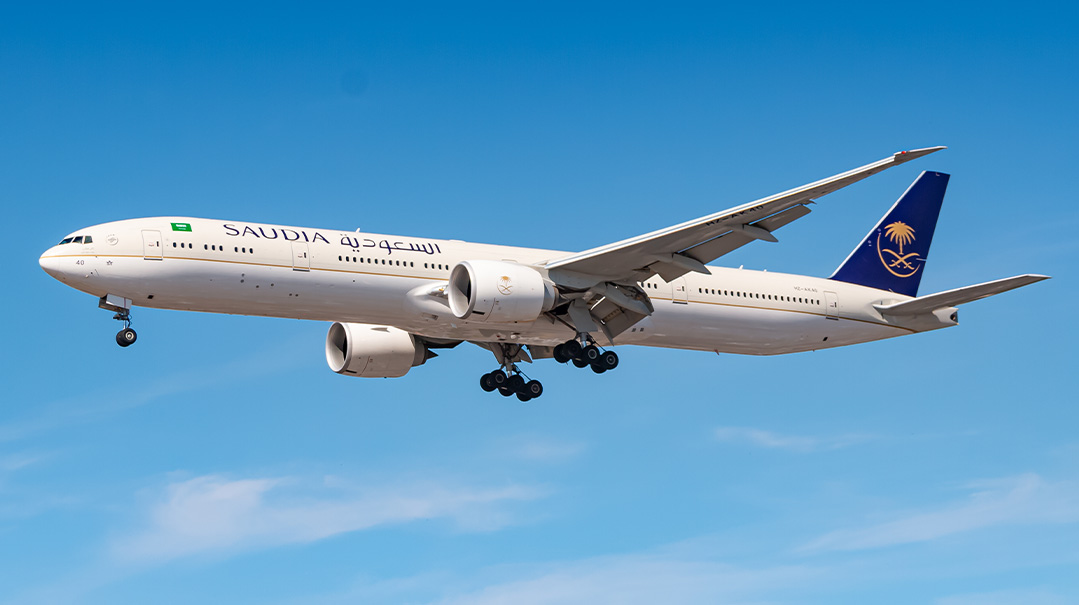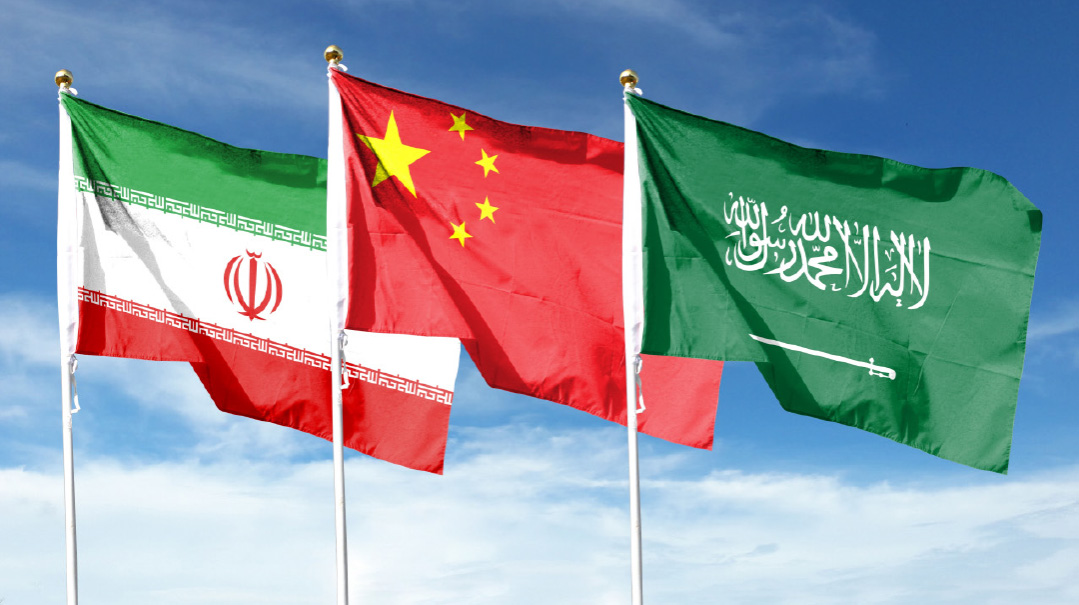Bloomberg, the One to Watch

More than one candidate could make a strong case to be the nominee

It’s way too early to predict the final outcome of the Democratic primaries. At this point, there are too many undetermined variables: Will Joe Biden make a comeback in South Carolina? Will Michael Bloomberg emerge as a front-runner on Super Tuesday? Will Bernie Sanders ride his electoral momentum all the way to the nomination?
All these are open questions. But even at this stage, a nightmare scenario is emerging in which none of the candidates will have enough delegates to win on the first ballot at the convention in Milwaukee this summer. Why? Because of the large number of candidates in the race and the absence of a clear front-runner, more than one candidate could make a strong case to be the nominee.
Biden, Bloomberg, Pete Buttigieg, and Amy Klobuchar are all moderate candidates who could win back votes from the center and the industrial Midwest. However, none of them is likely to beat Sanders alone.
Take for instance the Monmouth poll from February 11, which shows Sanders holding a 10% lead over the rest of the field, with 26% support. But have a look: Biden draws 16%, Bloomberg 11%, Buttigieg 13%, and Klobuchar 6%. In other words, the moderates in the race attract a combined 46% of the vote, but it’s split among four candidates.
The progressive camp is split as well. The Monmouth poll shows that Warren is supported by 13% of voters, a number that won’t get her anywhere — but she’s staying in the race. If she were to drop out and support Sanders, the progressives would have 39% support. In that scenario — and assuming that moderates and progressives would choose their representative candidates — the field would narrow.
Last week in New Hampshire, I had the chance to mill around the headquarters of a number of Democratic candidates. The non-Sanders staffers were openly dismissive of the Vermont senator, convinced that his nomination would ensure a Trump reelection. But all politicians believe that their ascension to public office is in the national interest, which is why we have, right now, a proliferation of candidates who are all convinced that they alone are the answer to Trump in the general election.
When you think about it, the situation is strongly reminiscent of the Republican primaries in 2016: All the Republican candidates at the time warned of the impending disaster of a Trump nomination. But none of them had the guts to drop out of the race and endorse one strong alternative candidate. As a result, Trump scored early victories against divided opponents and sailed to the nomination. Don’t be surprised if the same scenario unfolds this year with the Democrats. If no front-runner emerges after the primaries, Democrats could be facing a contested national convention in which the remaining candidates jockey for the support of individual delegates.
Before the primary system as we know it was put in place, nominees were chosen in precisely this way. At the 1924 Democratic convention, no fewer than 103 (!) rounds of voting were held between candidates Al Smith and William McAdoo. When neither of them could secure the two-thirds of delegates required to win the nomination, another candidate, John Davis, was put forward and elected nominee.
The last time both Democrats and Republicans selected their nominees at their conventions was in 1952, when Democrat Adlai Stevenson and Republican Dwight Eisenhower won their respective party nominations. Likewise, in 1976, Republicans arrived at their convention with no clear front-runner, but the nomination was decided on the first ballot, with Vice President Gerald Ford narrowly defeating Ronald Reagan.
First and foremost, a contested convention will test the organizational capabilities of the various campaigns and reward those with the most experienced, professional teams. The three candidates who have teams on that level now are Sanders, Biden, and Bloomberg. But Biden is fading fast, and there’s no saying if he’ll still be viable in July.
I conducted an experiment on Biden’s fast fade last week in Manchester, New Hampshire. I call it the selfie test: How hard is it to get a selfie with the candidate? Biden’s rally was attended by no more than 200 people, and anyone who wanted a selfie could get one without too much difficulty. To get a selfie with Buttigieg was more of a challenge, however, because over 700 people were in the hall, meaning that only the most determined could make it.
A selfie with Sanders was completely impossible, with hundreds of people not even fitting into the jam-packed hall. As for a selfie with Trump, who was also in New Hampshire last week, thousands of people were forced to watch his speech on giant screens outside the auditorium.
My method is not exactly scientific, but it does indicate the level of buzz around each candidate. And right now, Biden’s buzz is on the level of a few mosquitoes.
From Curiosity to Nominee?
Bloomberg, on the other hand, is making a massive gamble that requires nerves of steel. He decided not to contest the first four primaries and put all his money, energy, and hopes on Super Tuesday, when 14 states vote and over a third of the delegates will be awarded. Bloomberg looked like a curiosity two months ago, but every poll published since then shows the former New York mayor and media mogul rising fast. Recent polling has him first in Arkansas, and second in Florida and Missouri.
There’s no doubt he’s gaining steam. You can’t turn on the radio or browse the Internet without running into a Bloomberg campaign ad. Bloomberg’s campaign seems to have invested in every possible mode of communication, and he’s reportedly already spent $360 million delivering his message. The question is whether he’ll be able to reach his goal by March 3, or whether all this unprecedented cash will be for naught.
Early this week, one news outlet reported that Bloomberg was considering Hillary Clinton as his running mate, a move that would likely deepen the divide between the two wings of the Democratic Party. For progressives, Clinton is a red flag. No less, perhaps more so, than Bloomberg himself.
(Originally featured in Mishpacha, Issue 799)
Oops! We could not locate your form.













